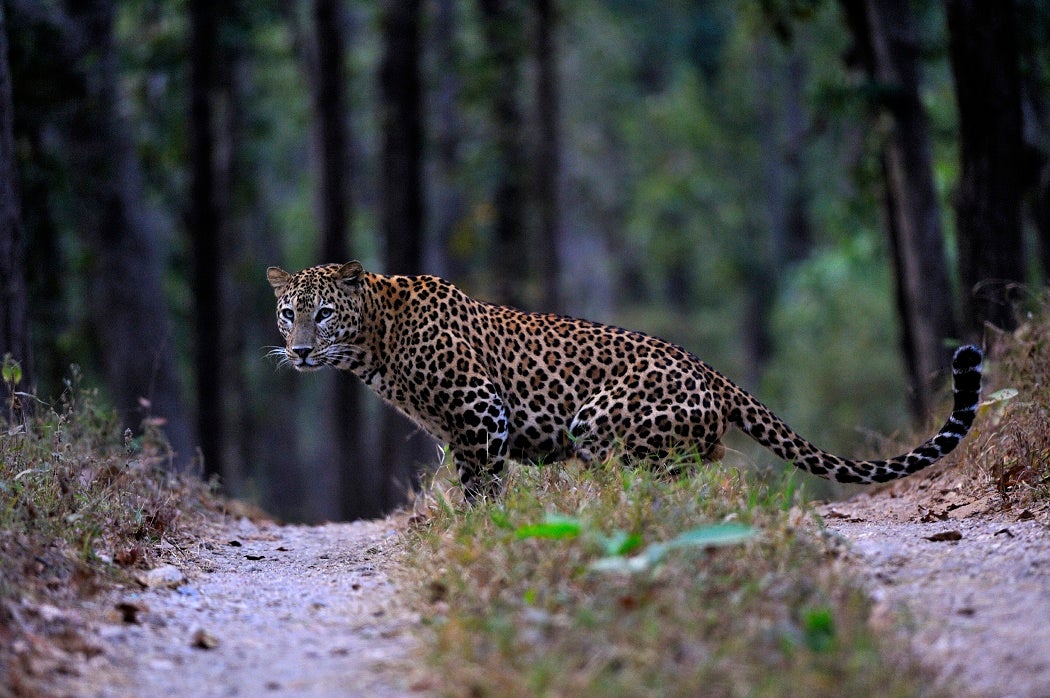Unbeknownst to unsuspecting residents, a large number of leopards are prowling the fields and backyards of populated agricultural lands in India. The secret to their success? The leopards are ignoring the livestock and eating dogs instead.
As Laura Allen taught us a few weeks on JSTOR Daily, many carnivores—coyotes, mountain lions, foxes, etc.—are capable of surviving in human-modified landscapes. The trick is avoiding angering the humans. Leopards and other large cats will eat livestock if given the opportunity, which can be a real hardship to the impoverished farmers who usually bear these losses. In Botswana, among other places, management authorities diffuse the farmer-carnivore conflict by providing financial compensation for livestock lost to predation. The program also encourages farmers to take other action to reduce predator losses. Some steps, such as building fences for calves, are specifically intended to deter leopards.
Leopards themselves are opportunistic feeders, and will take whatever is easiest to get. A study of Asiatic leopard diets in Wolong, China, over a seven-year period revealed that leopards ate anything from deer to porcupines and even baby pandas. As prey availability changed, bamboo rats (each weighing more than two pounds) were targeted as prey as deer became scarce. This ability to switch prey as needed, combined with their secretive and stealthy habits, enable leopards to survive in a variety of habitats, including agricultural lands.
The situation in India seems to have inadvertently combined the best of the leopards’ adaptability with the best approaches to wildlife-conflict management. Dogs are abundant in rural and suburban India, and are large enough to provide sufficient nutrition for a cat that can weight up to 200 pounds. More importantly, while dogs might have sentimental value to people, they do not have anywhere near the economic value of goats or other livestock. Without prompting from authorities, Indian farmers have a long tradition of penning goats and other wildlife at night, protecting them from roaming leopards. Dogs by contrast, are free to roam, so the leopards’ instincts kick in, seeking out the easier, if maybe unorthodox prey.
So long as leopards remain out of sight and stay away from livestock, they should be able to coexist with the farmers. If people start taking in their dogs at night, leopards might switch to a greater percentage of wild prey, such as monkeys. If that proved insufficient, the loss of their favorite prey could easily drive the cats into greater conflict with humans. The situation could also change if people wise up to the leopards prowling their backyards and let fear take over. For now, though, the leopards and the humans have worked out an uneasy coexistence, even if it is kind of rough on the dogs.







